////
I don’t want to drink your milk shake, I want to give you a wider straw.
Sometimes freelancers are brought in because the current team doesn’t have the capacity. Other times, because they don’t have the needed expertise or industry experience. In truth, there are many reasons I get brought on to a project or agency.
But they can all be divided into two situations…
Brought in to deliver something on my own
Brought in to guide/manage another strategist(s), the creative and the work.
The first situation is how most freelance careers start and likely the most common.
The latter is the type of work I find myself enjoying the most. But it is also a situation where resentment is the default setting.
When I come into these types of settings, often there were already people stepping up and filling the need. My presence can sometimes be seen as a vote of no confidence by leadership or as a power grab by me.
its neither.
The role of strategy is to support and elevate.
The more senior you get, the more your scope of support widens.
Those people who were filling the void you now fill?
Your role is to elevate those people further.
This is true full time or freelance.
Strategy’s job is to elevate the creative.
Strategy Leadership’s job is to elevate their team.
Strategy Senior Leadership’s job is to elevate the department and the agency.
Whenever I start a new gig, first order of business is to make it clear I’m here to raise all ships, not be anyone’s captain.
Or said another way, I don’t want to drink your milkshake, I want to give you a wider straw.
////
////
A classic from 2014.
The many voices of brand planning.
the voices are:
The voice of the consumer
The voice of commercial purpose. (The voice of “Why?”)
The voice of how it works. (The voice from under the bonnet.)
The voice of precision
The voice of creative opportunity
The voice of context
Although if asked to arrange them in order of priority (I was not)…
The voice of commercial purpose. (The voice of “Why?”)
The voice of how it works.
The voice of creative opportunity
The voice of context
The voice of the consumer
The voice of precision
////
////
[Account team to update this slide]
////
////
////
~~~~~
Both built from Rumelt’s Strategy Kernel framework (Good Strategy Bad Strategy) which I continue to find the most useful way of thinking about the majority of strategy work.
////
a good list of articles and guides: Brand Strategy Essentials by First The Trousers Then The Shoes
////
Remember, coherence will win pitches over creativity.
Ideally its both, but it is much harder to try and add coherence later.1
////
While we’re at it, I’ve used this as a structure for pitches before to pretty good results:
////
////
WEEKLY MONSTER
A self portrait collab with the kiddo.
Source: Phil Adams

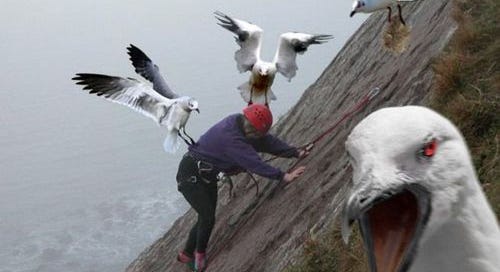


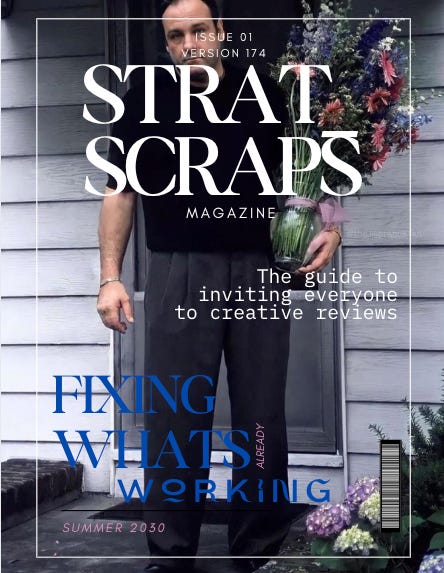







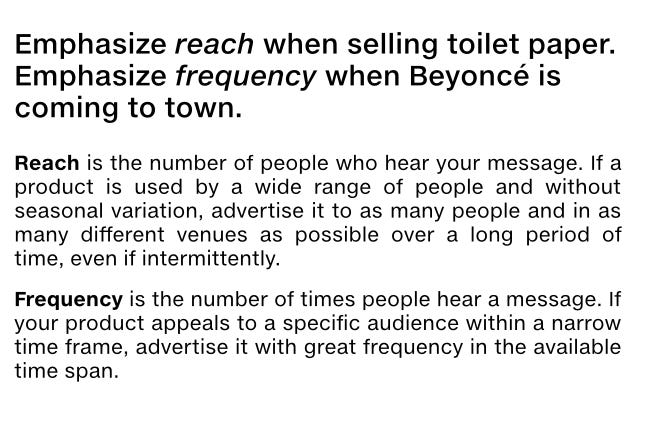
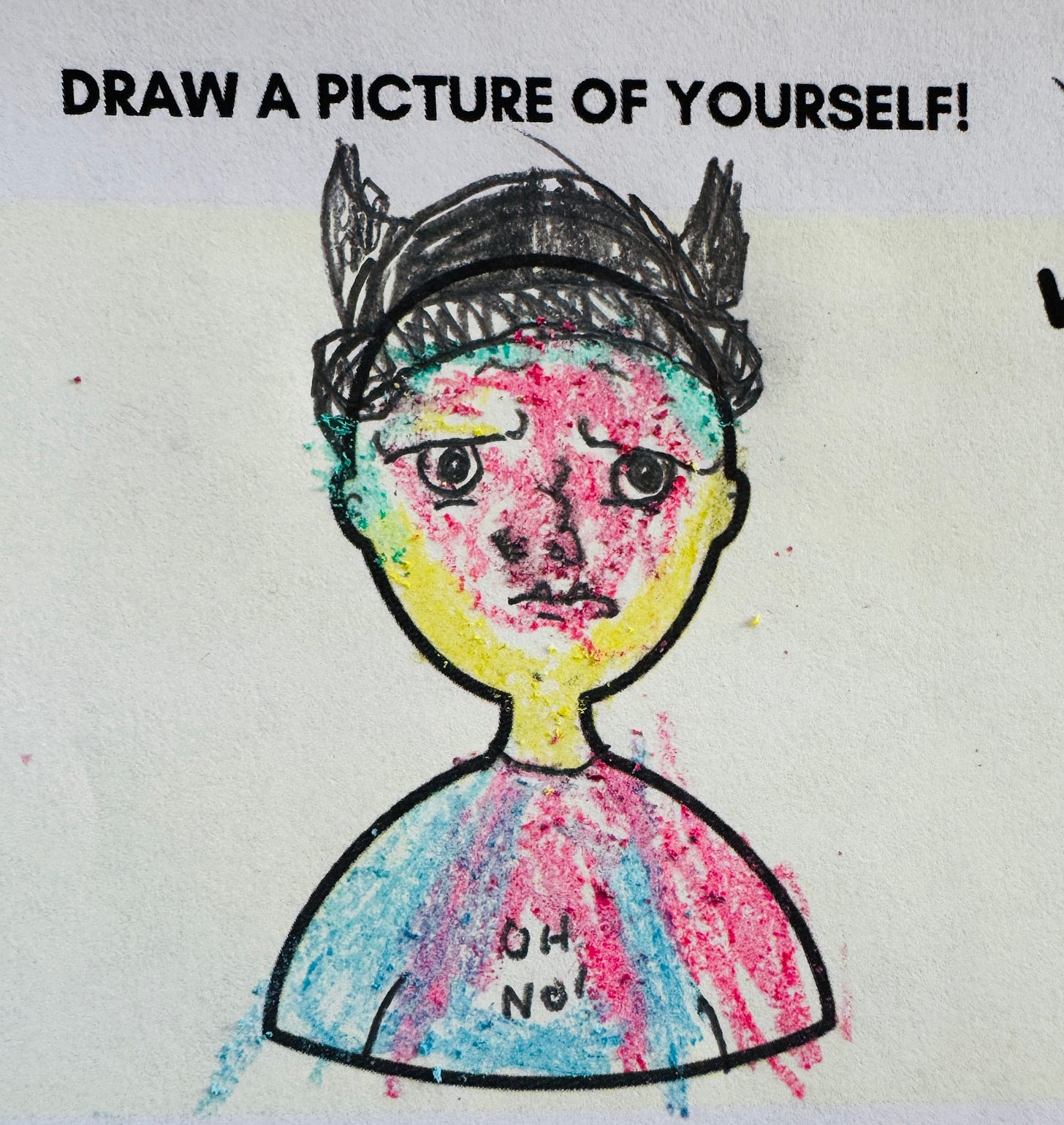
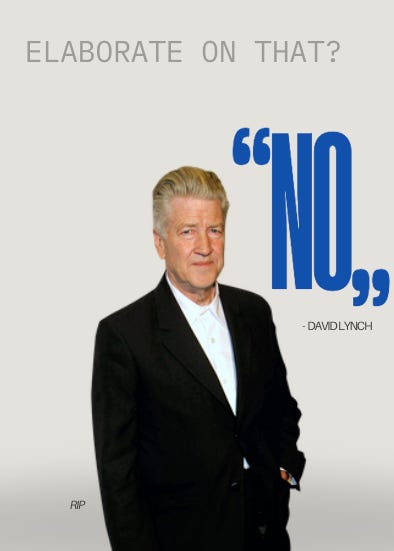
Do you like the whole book on good vs bad strategy or what are your favorite parts? Would love to skim it a bit so I was wondering what you liked/disliked!
[Account team to update this slide] made me lol